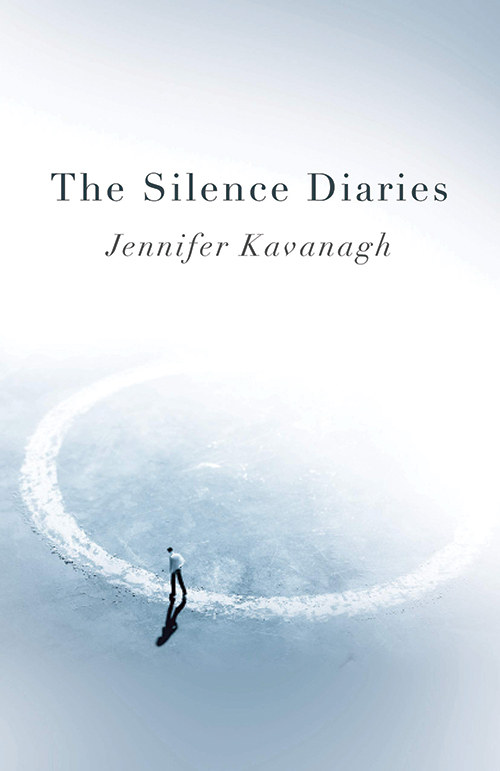
The Silence Diaries
Reviewed by Diane Reynolds
October 1, 2020
By Jennifer Kavanagh. Roundfire Books, 2019. 176 pages. $13.95/paperback; $7.99/eBook.
British Quaker Jennifer Kavanagh’s new novel, while not overtly Quaker, addresses questions of life’s purpose. The Silence Diaries, a first-person narrative told from the point of view of an upper-class Englishman named Aubrey De’Ath Grimsby-Grenville, explores relationship and vocation. An example of what I call l’écriture humaine (“human writing”), it foregrounds the empathic, the domestic, the equalitarian, and the circular rather than a triumphalist narrative.
Aubrey, known in the novel primarily as Orbs, works part-time as a banking employee whose true passion is being a fool. Fools are people who dress up in clown-like costumes and head out to streets, carnivals, and conventions to silently do silly acts that bring moments of joy and spontaneity into people’s lives.
Orbs has been living with Suzie Tavener, a charismatic ventriloquist and journalist who, as the novel opens, is launching a successful TV series using her dummy, a fox named Bruce, to eviscerate political figures. As the novel progresses, however, a blow to the head and a broken wrist (which means she can’t hold Bruce) cause Suzie to enter into her own “wise fool’s” silence, a chance for inner growth and change.
The novel is about Suzie and Orbs’s sometimes-troubled love, their vocational issues, their relationship with Orbs’s schizophrenic brother Freddie, and the “others,” such as Bruce, who fill their spaces.
The novel is deeply introspective as Orbs, often alone, explores his life and Suzie’s, and the wounds and secrets they carry. He struggles between his desire to pursue a socially and financially peripheral career as a fool, and the need for money—a need his more “success-oriented” banking job fulfills. Suzie, too, will struggle with what success really means.
Kavanagh, herself a fool, brings her knowledge of this little-known field to bear on the novel. Another area of light is her description of Orbs walking the Chalk Maze labyrinth near his London neighborhood, as he struggles with the spiritual and relational issues in his life. Orbs explicitly connects the labyrinth to his fooling: both are paths to truth and authenticity.
It is hard not to appreciate a gentle novel about interiority and inner growth, but this focus can have pitfalls. Virginia Woolf, who struggled with expressing the interiority of her characters in her stream-of-consciousness novels, understood the problem of thoughts becoming too divorced from the material world, and always brought her characters back to the earth’s hard surface: if Mrs. Dalloway is going to have a thought, it is a response to someone or something she saw on the London streets, and she isn’t allowed to muse too long in disembodied ether before another evidence of material reality intrudes. Orbs, however, sometimes becomes too divorced from the material world, especially when his worries overwhelm him. Added to that, because Suzie and Orbs are secretive and so intensely focused on their very small web of relationships, the novel can sometimes feel claustrophobic. For that reason, it can be wonderful when Orbs walks the labyrinth, because we, along with him, get a needed breath of fresh air. When Suzie and Orbs lose track of Christmas coming until Christmas Eve, we are not surprised.
Overall, however, this sensitive novel keeps on moving and unfolding, sustaining interest as it follows the path of a labyrinth, a circular motion that brings growth and change.
Diane Reynolds is a member of Stillwater Meeting in Barnesville, Ohio, and author of The Doubled Life of Dietrich Bonhoeffer.


